Filter by
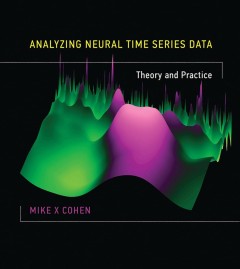
Analyzing Neural Time Series Data: Theory and Practice
"This book offers a comprehensive guide to the theory and practice of analyzing electrical brain signals. It explains the conceptual, mathematical, and implementational (via Matlab programming) aspects of time-, time-frequency- and synchronization-based analyses of magnetoencephalography (MEG), electroencephalography (EEG), and local field potential (LFP) recordings from humans and nonhuman ani…
- Edition
- -
- ISBN/ISSN
- 9780262319553
- Collation
- 1 online resource (xviii, 578 pages, 16 unnumbered pages of plates) :illustrations.
- Series Title
- -
- Call Number
- -
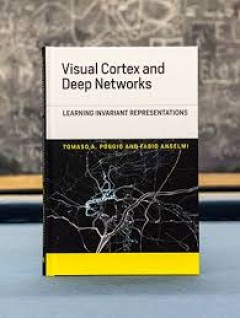
Visual Cortex and Deep Networks: Learning Invariant Representations
A mathematical framework that describes learning of invariant representations in the ventral stream, offering both theoretical development and applications.The ventral visual stream is believed to underlie object recognition in primates. Over the past fifty years, researchers have developed a series of quantitative models that are increasingly faithful to the biological architecture. Recently, …
- Edition
- -
- ISBN/ISSN
- 9780262336710
- Collation
- 1 online resource (xiv, 118 pages) :illustrations.
- Series Title
- -
- Call Number
- -
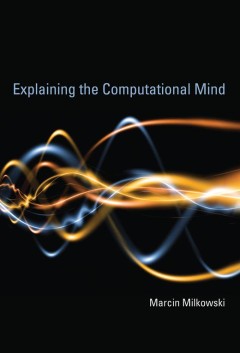
Explaining the computational mind
In this work, Marcin Milkowski argues that the mind can be explained computationally because it is itself computational - whether it engages in mental arithmetic, parses natural language, or processes the auditory signals that allow us to experience music.OCLC-licensed vendor bibliographic record.
- Edition
- -
- ISBN/ISSN
- 9780262313919
- Collation
- 1 online resource (x, 243 pages)
- Series Title
- -
- Call Number
- -
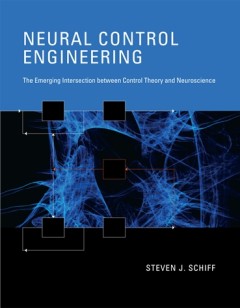
Neural control engineering: The emerging intersection between control theory …
How powerful new methods in nonlinear control engineering can be applied to neuroscience, from fundamental model formulation to advanced medical applications.Over the past sixty years, powerful methods of model-based control engineering have been responsible for such dramatic advances in engineering systems as autolanding aircraft, autonomous vehicles, and even weather forecasting. Over those s…
- Edition
- -
- ISBN/ISSN
- 9780262312080
- Collation
- 1 online resource (xvi, 361 pages) :illustrations (some color).
- Series Title
- -
- Call Number
- -
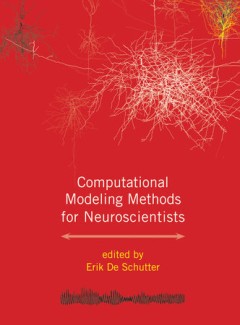
Computational modeling methods for neuroscientists
This is a guide to computational modelling methods in neuroscience covering a range of modelling scales from molecular reactions to large neural networks.
- Edition
- -
- ISBN/ISSN
- -
- Collation
- 1 online resource (xii, 419 pages) : illustrations.
- Series Title
- -
- Call Number
- -
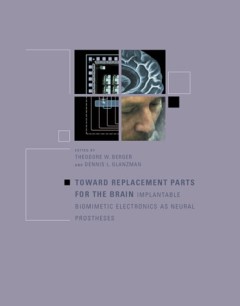
Toward Replacement Parts for the Brain: Implantable Biomimetic Electronics as…
A Bradford book.""This book has its origins in a meeting, entitled "Toward replacement parts for the brain: intracranial implantations of hardward models of neural circuitry" that took place in Washington, D.C. in August 1989"--Preface.The continuing development of implantable neural prostheses signals a new era in bioengineering and neuroscience research. This collection of essays outlines cur…
- Edition
- -
- ISBN/ISSN
- 9780262268226
- Collation
- 1 online resource (ix, 405 pages) :illustrations
- Series Title
- -
- Call Number
- -
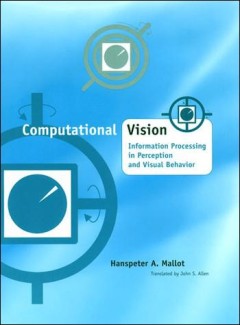
Computational Vision: Information Processing in Perception and Visual Behavior
"A Bradford book."This text provides an introduction to computational aspects of early vision, in particular, color, stereo, and visual navigation. It integrates approaches from psychophysics and quantitative neurobiology, as well as theories and algorithms from machine vision and photogrammetry. When presenting mathematical material, it uses detailed verbal descriptions and illustrations to cl…
- Edition
- -
- ISBN/ISSN
- 9780262278959
- Collation
- 1 online resource (ix, 296 pages) :illustrations.
- Series Title
- -
- Call Number
- -
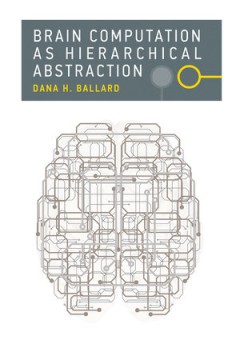
Brain computation as hierarchical abstraction
The vast differences between the brain's neural circuitry and a computer's silicon circuitry might suggest that they have nothing in common. In fact, as Dana Ballard argues in this book, computational tools are essential for understanding brain function. Ballard shows that the hierarchical organisation of the brain has many parallels with the hierarchical organisation of computing; as in silico…
- Edition
- -
- ISBN/ISSN
- 9780262323819
- Collation
- 1 online resource (xiv, 440 pages).
- Series Title
- -
- Call Number
- -
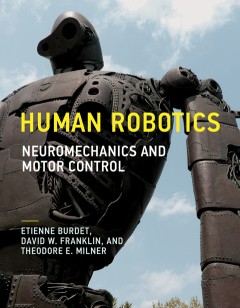
Human robotics :neuromechanics and motor control
This book proposes a transdisciplinary approach to investigating human motor control that synthesizes musculoskeletal biomechanics and neural control. The authors argue that this integrated approach -- which uses the framework of robotics to understand sensorimotor control problems -- offers a more complete and accurate description than either a purely neural computational approach or a purely …
- Edition
- -
- ISBN/ISSN
- 9780262314817
- Collation
- 1 online resource (xii, 277 pages) :illustrations
- Series Title
- -
- Call Number
- -

Computational Psychiatry: New Perspectives on Mental Illness
Psychiatrists and neuroscientists discuss the potential of computational approaches to address problems in psychiatry including diagnosis, treatment, and integration with neurobiology."Modern psychiatry is at a crossroads, as it attempts to balance neurological analysis with psychological assessment. Computational neuroscience offers a new lens through which to view such thorny issues as diagno…
- Edition
- -
- ISBN/ISSN
- 9780262337854
- Collation
- 1 online resource.
- Series Title
- -
- Call Number
- -
 Computer Science, Information & General Works
Computer Science, Information & General Works  Philosophy & Psychology
Philosophy & Psychology  Religion
Religion  Social Sciences
Social Sciences  Language
Language  Pure Science
Pure Science  Applied Sciences
Applied Sciences  Art & Recreation
Art & Recreation  Literature
Literature  History & Geography
History & Geography